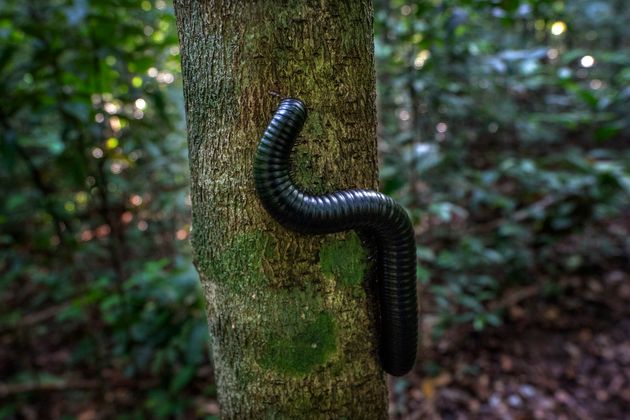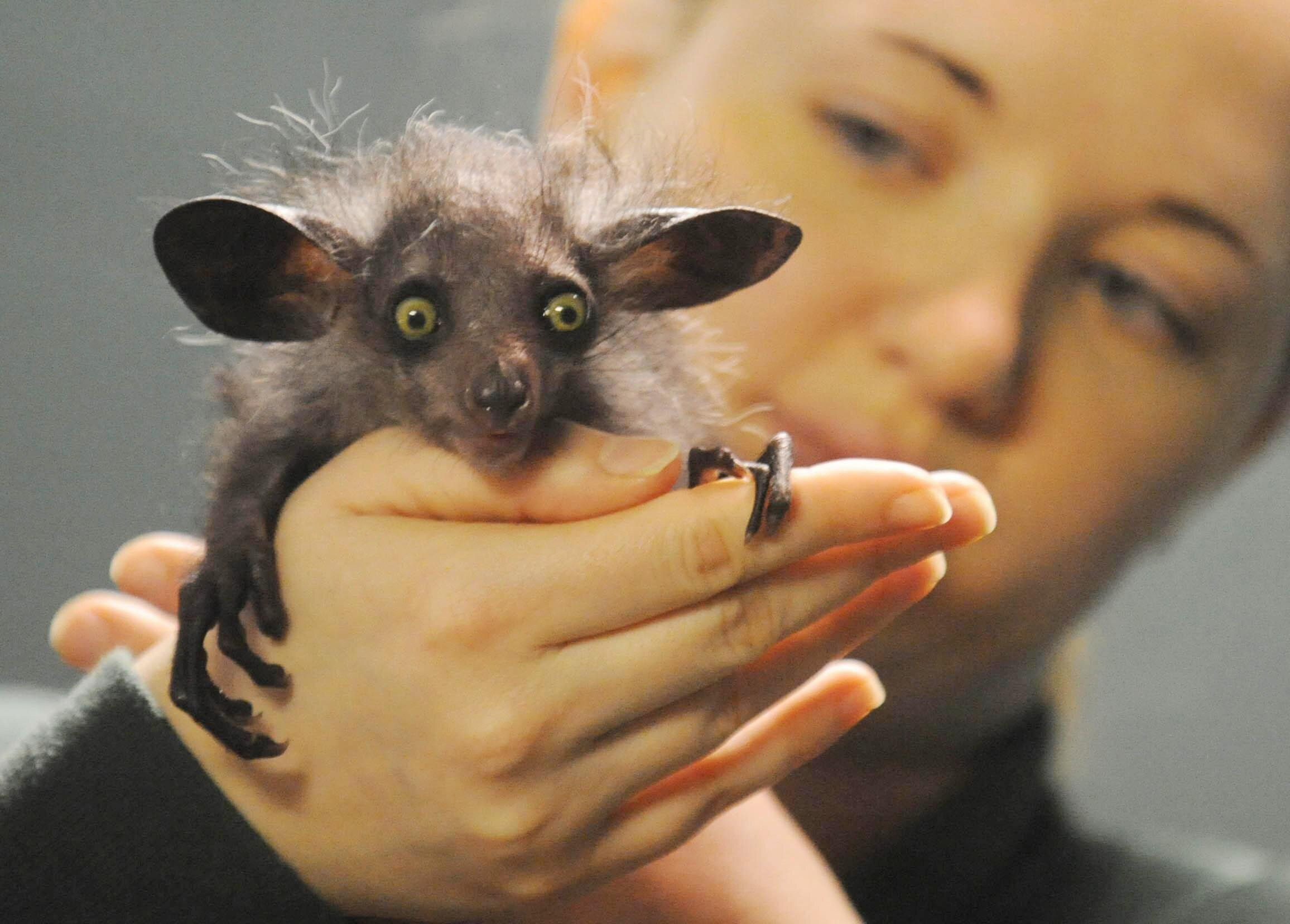Entry-level “fun fact” commenters like to mention that tomatoes are technically a fruit. Intermediate obscure info lovers, meanwhile, will know bananas are technically berries.
True trivia fans, on the other hand, will know that strawberries are neither a berry nor even a fruit and that the “seeds” on the outside are actually the fruit, each of which contains the actual seeds.
But not even the most successful pub quiz participants I know were aware that technically, millipedes (and centipedes) aren’t insects.
Instead, the Royal Horticultural Society (RHS) says they belong to a group called myriapods, a type of arthropod.
What’s the difference?
Arthropods account for 84% of animal life on Earth, the online encyclopedia Brittanica says.
They’re distinguished by their jointed skeletal covering made from chitin, which is bonded to a protein.
“The body is usually segmented, and the segments bear paired jointed appendages, from which the name arthropod (jointed feet) is derived,” Britannica adds.
Arthropods can be insects, but the natural history-based Australian Museum in Sydney says: “Centipedes and millipedes are not insects as they have more than six legs.”
The nonprofit conservation, education, and advocacy organisation National Wildlife Federation (NWF) agrees that millipedes “are not insects — they’re actually more closely related to lobsters, shrimp, and crayfish”.
What?
Likening a millipede to the kind of sea creatures I like to see on my plate is pretty stomach-churning, but the onslaught of new info doesn’t end there.
The NWF says that some millipedes in the genus Motyxia are bioluminescent, meaning they grow in the dark.
Giant African millipedes can grow to 30cm long (oh, good), and though their name (“milli” meaning “thousand”, and “pede” meaning “feet”) might suggest otherwise, they typically only have between 40 and 400 legs.
Still, the RHS points out that “millipedes feed on decaying organic matter and are part of a healthy garden ecosystem”, adding they “should not be controlled.”
Looks like I’ll just have to live with those odd little prawn bugs for the sake of my soil…






